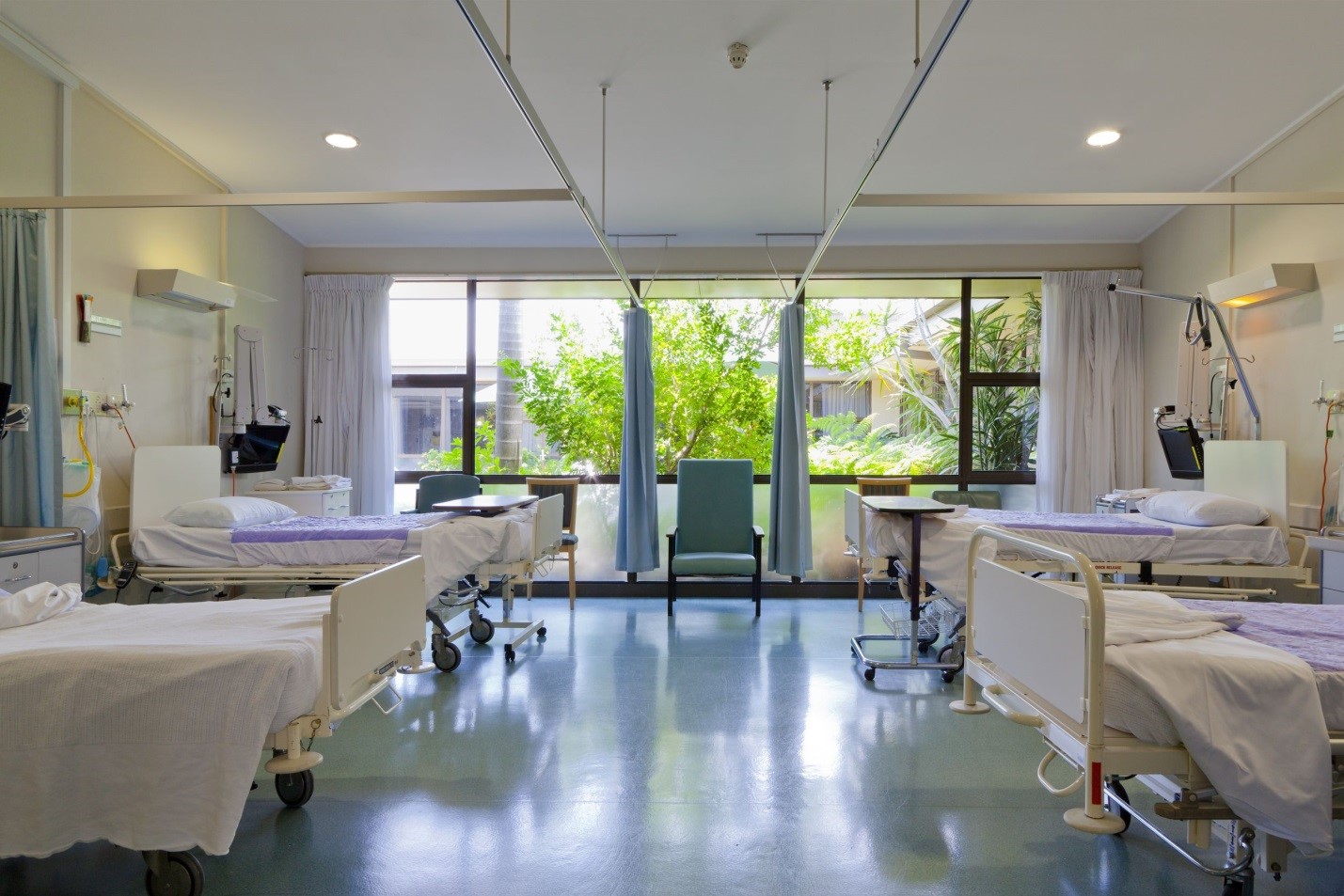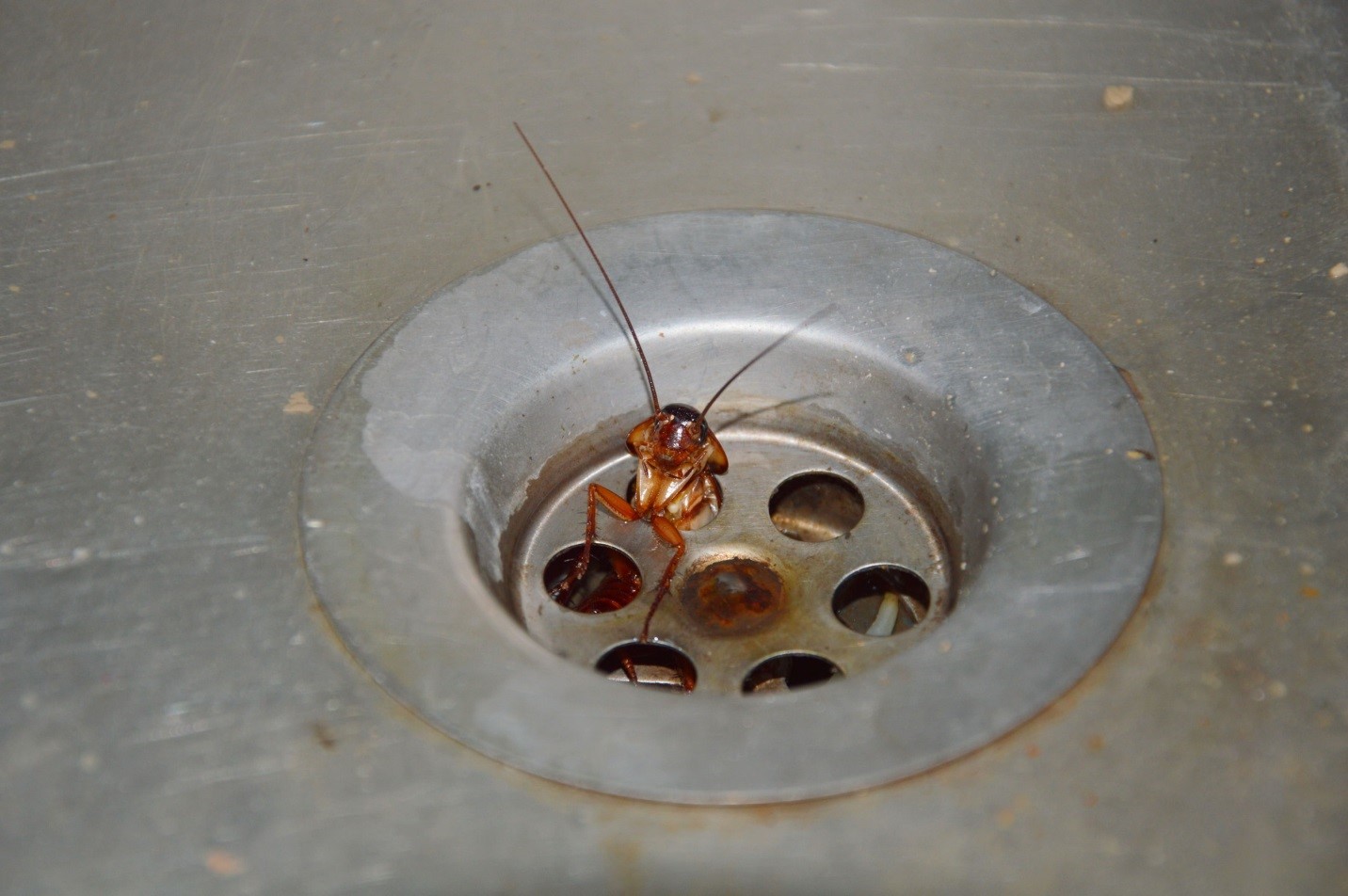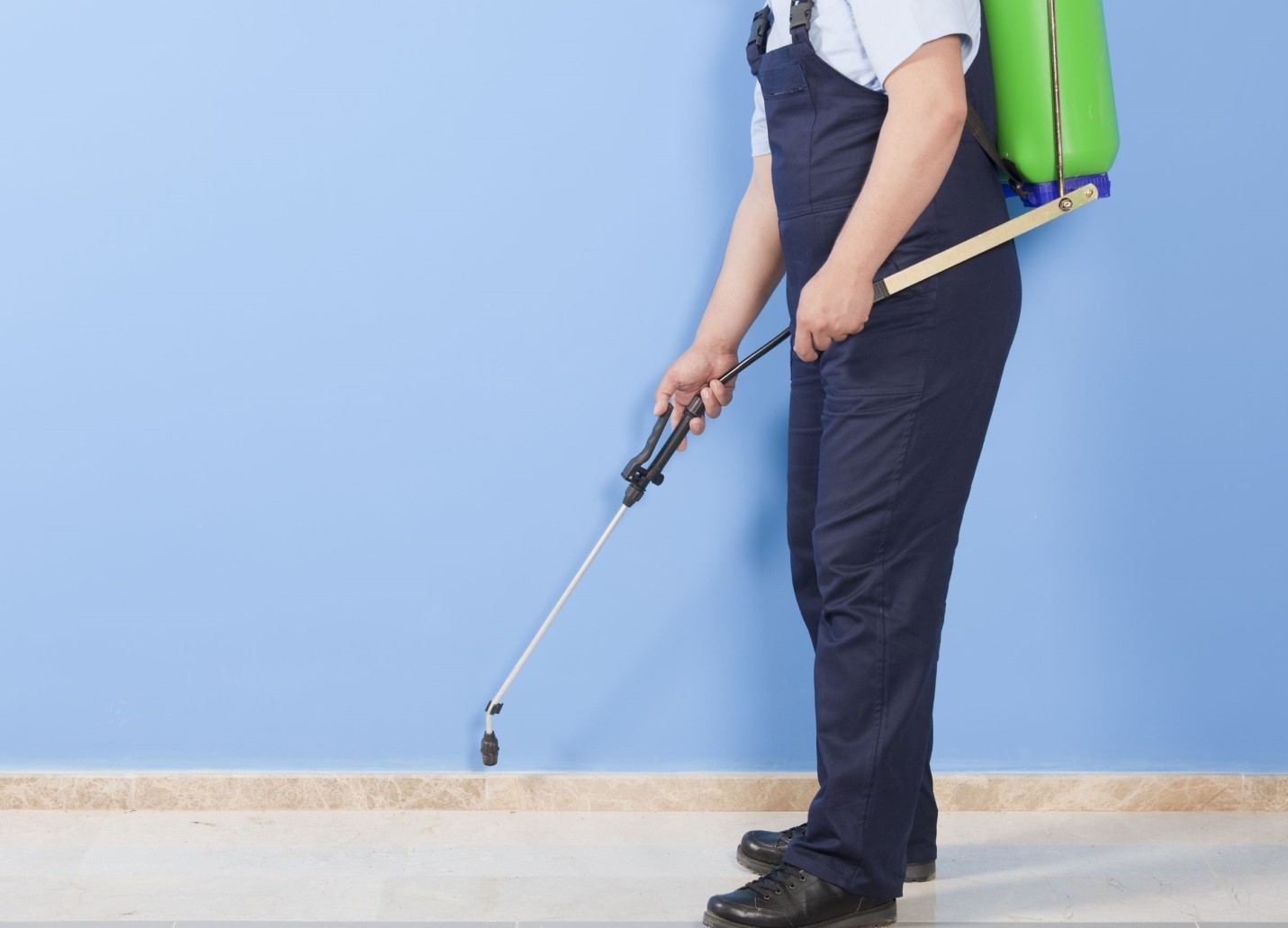Pest Control in Healthcare Facilities: Challenging, Yet Crucial

Aside from areas where medical procedures are performed, hospitals, nursing homes, and other healthcare facilities are made up of an extended network of non-medical office and service buildings. Kitchens in hospitals are very much alike large commercial kitchens in restaurants, operating similar equipment and being governed by much of the same safety guidelines. In terms of design and organization, patient rooms are no different than hotel rooms, while the vending machines, lobbies, locker rooms, and gift shops found in hospitals can also be found in several other types of buildings.
And just like restaurants, hotels, and other commercial facilities, healthcare facilities provide all the necessary conditions – food, water, and shelter – for insects and rodents to thrive.
Risk Factors
Environmental factors that facilitate the entry of pests in healthcare facilities include:
- The incoming flux of new patients
- Hospital employees living in infested homes who bring pests through their clothes and personal belongings
- Service staff that move between different hospitals or service buildings
- Contact with infested food and gift shop items, such as flowers
- Improper garbage collection areas
- Improper landscaping that can attract pests and nuisance birds
Environmental factors facilitating the survival of pests include:
- Improper storage of foodstuffs
- Spills in patient and employee rooms
- Organic waste and bodies of standing water
- Cracks and crevices that act as harborages for pests to live and breed
Environmental factors that encumber the eradication of pests include:
- Busy schedules in most medical facilities that prevent infested areas from being available for sanitation and cleaning services
- Improper pest control programs that only deal with existing infestations
- The use of chemicals and infective treatments that disperse instead of eliminate an infestation
- Restricted access in patient areas (such as intensive care units)
- Lack of funds and staff ignorance regarding the risks of infestation from pests
Most Problematic Pests

While there may be a wide range of pests, rodents, and arthropods commonly associated with the health care industry, there are no unique hospital pests. Pest control professionals treating medical facilities are most likely to encounter:
Cockroaches
The carriers of 33 different types of bacteria, six types of parasitic works, and many other types of human pathogens, cockroaches are one of the most feared hospital pests. As vectors of disease, they not only contaminate food, cooking utensils, and food preparation surfaces, buy they also compromise the sterility of the environment in laboratories and operating rooms. Increased risk of allergies, respiratory problems, and asthma is another consequence of a heavy cockroach infestation.
Stored food pests
When ingested, mites and beetles commonly infesting cheese, dried fruit, flour, and other preserved foodstuffs can cause intestinal irritation, dermatitis, ulcerative colitis, and even cancer (linked to the quinones from flour beetles).
Flies
Flies contaminate food and food preparing surfaces by spreading disease organisms carried on their bodies and through the saliva they produce to break down nutrients. They also defecate on these surfaces constantly, spreading the over 100 different kinds of disease-causing germs and increasing the risk of infection. They typically breed in areas where garbage containers are not regularly cleaned and adequately stored or in storage areas where rotten produce is available.
Bed bugs
Although there isn’t any proof so far that bed bugs may transmit diseases to humans, they do feed on human blood, leaving patients with itchy, red welts and skin trauma. The most important aspect in the case of an infestation with bed bugs is the emotional component: their mere presence may cause anxiety and insomnia both in patients and employees.
The Importance of Proactive Pest Control

In healthcare facilities, the spread of disease is often a matter of life and death. Nowhere is proper pest control management more crucial to ensure a safe, hygienic, and pest-free environment, for a variety of reasons:
- Pest infestations often cause distress among patients and can interfere with their recovery
- Pests in operating rooms and laboratories may contaminate supplies and equipment
- Pathogens carried by common hospital pests can increase the risk of infection in newborns and patients with weak immune system functionality
- Infestations may directly impact patients’ perception about the level of care they receive
- Infestations can directly compromise the quality of care provided, resulting in costly litigation and loss of reputation
Designing an effective pest control program for medical centers and other healthcare facilities should include: obtaining management’s cooperation, performing a thorough inspection of premises, offering recommendations for non-chemical treatments, and ensuring monitoring and follow-up on treatment protocols. A reputable commercial pest control company can meet all your pest prevention needs in the safest possible way so that you can continue to provide the highest level of care for patient populations.
About the Author
Daniel Mackie, co-owner of Greenleaf Pest Control, is a Toronto pest control expert well-known as an industry go-to guy, an innovator of safe, effective pest control solutions, and is a regular guest on HGTV. Mackie, along with business partner Sandy Costa, were the first pest control professionals in Canada to use detection dogs and thermal remediation for the successful eradication of bed bugs. In his free time, he is an avid gardener.



You must be logged in to post a comment.